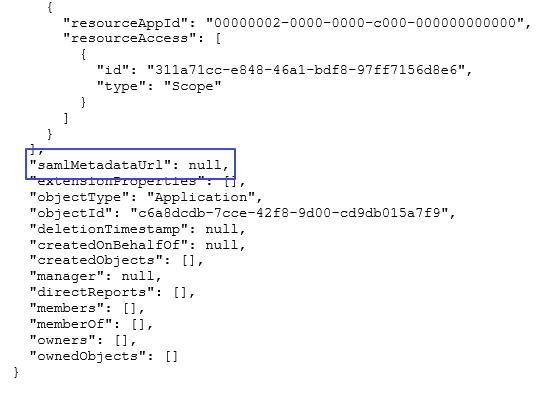
- #Windows azure ftp server manual
- #Windows azure ftp server code
- #Windows azure ftp server download
- #Windows azure ftp server windows
For these, the server uses a different location for the authorized keys file: %ALLUSERSPROFILE%\ssh\administrators_authorized_keys (i.e.
#Windows azure ftp server windows
Set the ACL so that the respective Windows account is the owner of the folder and the file and is the only account that has a write access to them. ssh folder and the authorized_keys file, what matters are Windows ACL permissions, not simple *nix permissions. ssh folder (for the authorized_keys file) in your Windows account profile folder (typically in C:\Users\username\.ssh).
#Windows azure ftp server manual
Replace C:\Windows\System32\OpenSSH\sshd.exe with the actual path to the sshd.exe ( C:\Program Files\OpenSSH\ssh.exe, had you followed the manual installation instructions above). New-NetFirewallRule -Name sshd -DisplayName 'OpenSSH SSH Server' -Enabled True -Direction Inbound -Protocol TCP -Action Allow -LocalPort 22 -Program "C:\Windows\System32\OpenSSH\sshd.exe"

#Windows azure ftp server code
Paste the following code to PowerShell console:.publishsettings file for your Windows Azure subscription.
#Windows azure ftp server download
Enter Get-AzurePublishSettingsFile command to download the.Run Microsoft Azure PowerShell from a Start menu.Provision endpoints for FTP data connections according to the range you specified when setting up the FTP server:.Complete the wizard and wait for the endpoint to be configured.Proceed to Specify the details of the endpoint step and select FTP in Name box.On Add an endpoint to a virtual machine step, select Add a stand-alone endpoint.On Endpoints tab of your instance page on Azure Management Portal, click Add on bottom bar.Provision endpoint for FTP control connection:.Open the same ports on Azure firewall using the Classic Portal and Powershell

Type port range in a format min-max (e.g.Create security rule for FTP data connections according to the range you specified:.Click the OK button and wait for the rule to be created.On the Inbound security rules page of the security group, click Add in the top bar.Create security rule for the FTP control connection:.On the Network security group page of the network interface, select its security group.On the Network interfaces page of your virtual machine, select its network interface.Open the same ports on Azure firewall using the Azure Portal Under FTP Server Passive, under Protocols and Ports settings, either note the default range of ports (1024-65535) or set your own default range (e.g 5000-5100 or similar). Verify that Windows Firewall has the right ports open Using the Add Roles and Features wizard, add the FTP Server Role That’s it! You can now connect using WinSCP Add FTP to a website on Azure Windows VM.Open the same ports on Azure firewall: Portal or Classic.Verify that Windows Firewall has the right ports open.


 0 kommentar(er)
0 kommentar(er)
